BLUE JEANS
Blue indicates the colour, Jeans the place of origin: it is in fact believed that the name of this hugely famous item of clothing derives from the French “Bleu de Genes” due to its fabric being made for the first time in this ancient port in the Italian Liguria region, originally to store the ships’ sails.
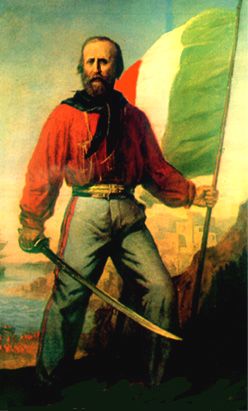
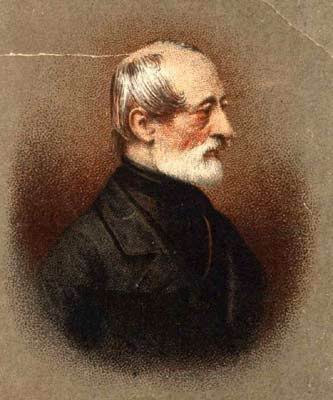
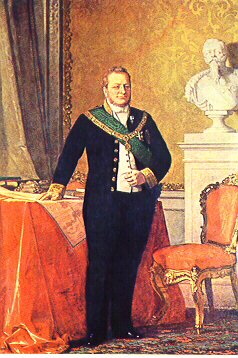
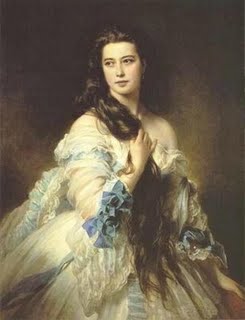
History tells of a Giuseppe Garibaldi wearing a pair of “Genes” -or Genovesi in Italian- during his landing at Marsala with his thousand men, most of whom were also wearing “Genes”.
It would appear it was the tradesmen of Nimes (from which the word denim comes) who began exporting them to America for the first time, where Mr Levis Strauss began to produce them on an industrial scale from 1856, adding the metal buttons and rivets to them.
Denim is more than just a fabric, being so steeped in history.
Thanks to its strength, durability and the ability to be washed over and over, Denim was originally predominantly used for workwear, worn by gold seekers, miners and railway workers.
Starting from the second post-war period, the Blue-Jeans becomes the casual fabric par excellence. During the 1950’s the “blues the Geneve” come back to Europe, only this time not in the merchant ships, but reaching the young generations through the big screen and their cinema and rock’n’roll idols.

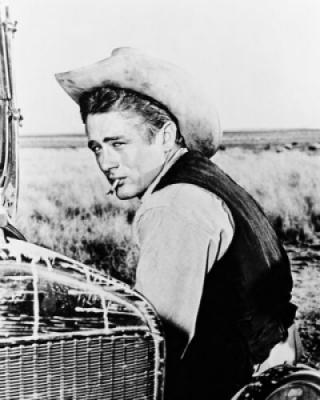
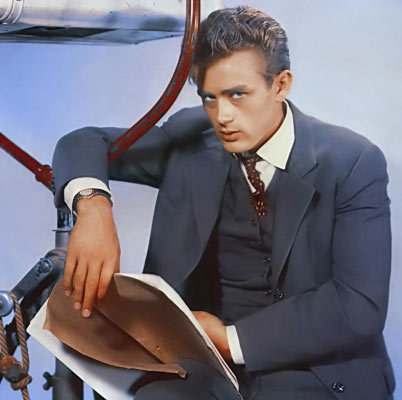

In 1955 they were worn by the iconic James Dean in the movie “Rebel without a cause”
And quickly became a symbol of rebellion and nonconformity for the young people of the time starting to reject the monotony and hypocrisy of the adult world.
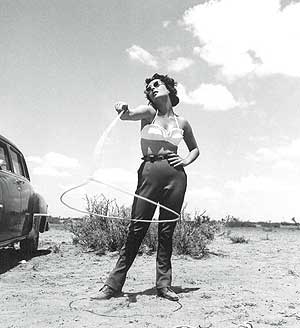
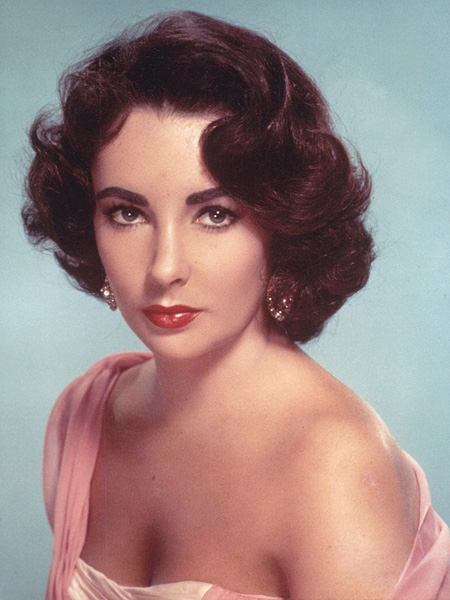

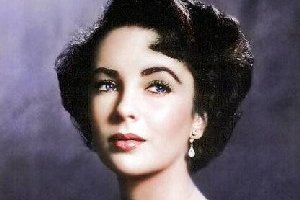
In “The giant”, Elizabeth Taylor wears blue jeans with great femininity and posture.
The movie won an Oscar for the best director but became mostly famous for James Dean’s last appearance in a movie before his tragic road accident that cost him his life.


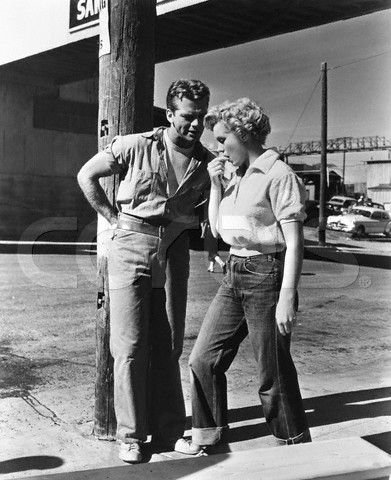
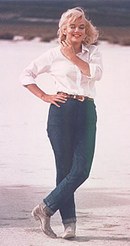
Even Marylyn Monroe, icon of elegance and sex appeal, wears blue jeans on various occasions and movies, amongst which “ River of no return”.
This movie marks the beginning of her image as a sexy, naive , blonde beauty which will eventually transform her into an international sex symbol.


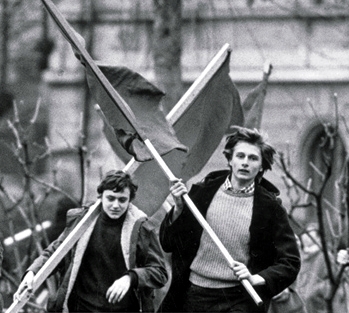
During the protests of 1968, frayed and painted flare jeans became the uniform and hippy icons of those times.
From simple workwear they became the clothing symbol of an era, worn by all without distinction of sex, age or social standing.
With the protests coming to an end, the clothing manufacturers decide to improve the quality of their products, presenting the idea of more elegant and sophisticated jeans that could be worn even by the businessmen.
It is during this time that supported by the yuppie trends, the branded product (jeans) begins to establish its place in the market.

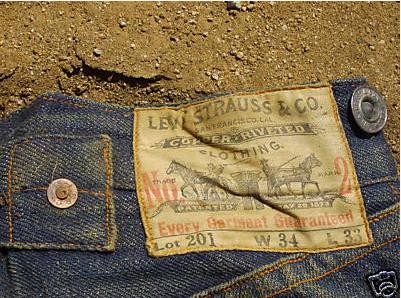
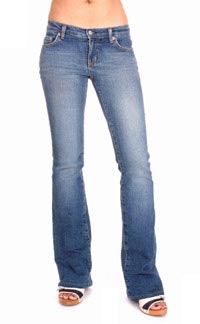
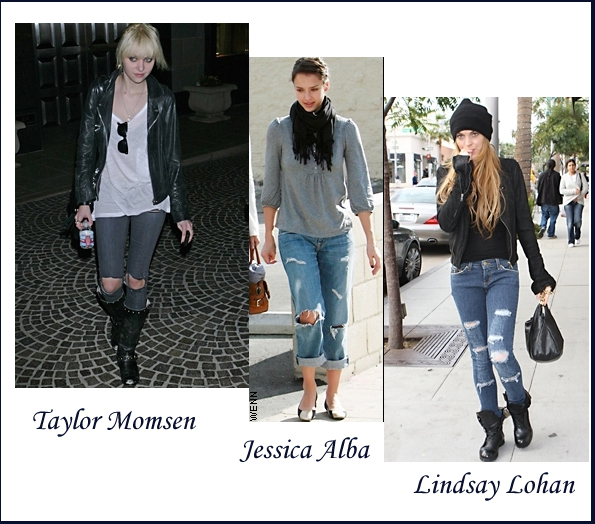
A number of well known designers take the jeans onto the catwalk: they quickly become a luxury item, with lace inserts and strass.
In the 1990’s Tom Ford, working for Gucci, creates the “Neohippy”, embellished with feather and piton skin inserts. The research resulting in new washing and fixing processes identify the new trends.
The increasing demands of an ever more competent, informed and discerning customer lead the jeans to evolve and change in terms of shapes and colours, length and fit according to the trends of the moment.
The traditional indigo colour, obtained thanks to a vegetable dye, begins to discover new shades to keep track with the new fashion styles: different colour jeans, black, bleached, stone washed, printed and embroidered.



follow us on